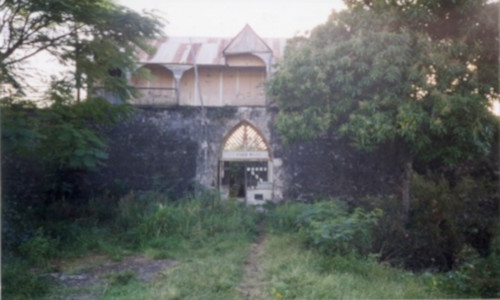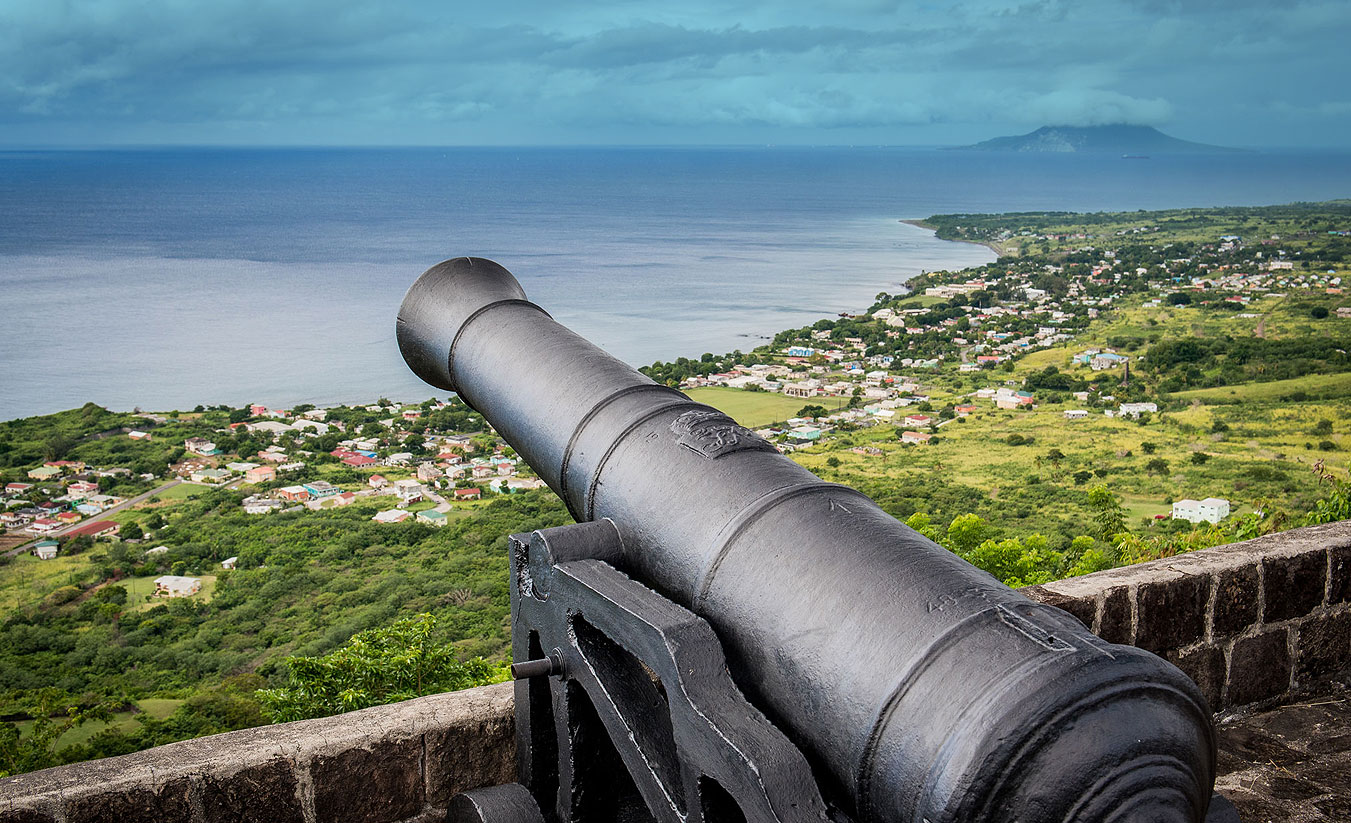
Based on “The Military and institutional Occupations of Charles Fort, St. Kitts, West Indies” by Gerald Schroedl and Todd M Ahlman in Historical Archaeologies of the Caribbean: Contextualizing Sites through Colonialism, Capitalism and Globalism edited by Todd M Ahlman and Gerald F Schroedl (Tuscaloosa, University of Alabama Press, 2020)
The Second Anglo-Dutch war was fought between 1665 and 1667. France became involved as it had a defensive alliance with Holland. In St. Kitts where the English and the French continued to share the island, the French attacked British fortifications and plantations. When the war was over, the island returned to being a shared space. The English dismantled their damaged gun placements near the northern French boundary and around 1674 started constructing Charles Fort to guard Sandy Point which was, by then, their main trading port. The Fort covered 4.2 acres and was surrounded by a defensive ditch. It was mostly completed by the late 1680s but the five bastions were still under construction in the 1730s. Enslaved labourers from the plantations constructed it, maintained it and repaired it especially after the numerous battles and invasions that were fought on the island in its first 100 years of colonisation..
During the French invasion of 1689, Col Thomas Hill and 400 men were able to hold out there until they surrendered six weeks later. The English retook the fort in less than a week, the following year, by using cannon fire from Brimstone Hill. This short but intense siege caused the destruction of numerous houses with the grounds of Charles Fort. The ruinous French invasion of 1706 also caused damage to the fort and the structures within it. In 1724, the fort was armed with 27 canons. The compound contained a store house, guardhouse, barracks and officers’ quarters, prison, arsenal and magazine, a stone kitchen and two ovens. In 1779, a proposal was made to build a hospital, a blacksmith shop and a shade for the carpenter’s shop. It could hold from 30 to 100 men.
Charles Fort continued to be maintained for a while after the French invasion of 1782 but by then most of the resources were being applied to Brimstone Hill. In 1838, it was reported that all fortifications around the Island with the exception of the Hill were in ruins. New uses were considered for Charles Fort. In 1839 consideration was given to turning it into a poor house, then a lunatic asylum in 1846 and in 1854 it was to be turned into a lazaretto.
The Lazaretto finally materialised in 1890. As a result, the fort was laid out in four distinct areas - administration and food preparation, treatment, separate housing for male and female patients, and a cemetery and church. It was estimated that 100 patients could be accommodated. Men outnumbered women. Patients housing consisted of prefabricated housing imported from the US. The grounds were landscaped and fenced. In 1926, a wooden assembly or recreation area was built. Male and female patient interaction was again restricted within this structure. Here patients could listen to radio and later watch television. They could also grow vegetables and tend flower beds. As health services improved and more medicine became available, the number of patients declined. Following the introduction of universal suffrage in 1952, the leper home in Charles Fort had its own polling station. The institution was finally closed in 1996.
In 2012 Charles Fort was vested in the St. Christopher National Trust and is currently managed by the Brimstone Hill Society and National Park on behalf of the Trust.




